Manipulating History: The Different Faces of ‘Popular Resistance’ in Palestine
By Ramzy Baroud
Apparently, ‘popular resistance’ has suddenly elevated to become a clash of visions or strategies between the Palestinian Authority in Ramallah and its rivals in Gaza, underscoring an existing and deepening rift between various factions and leaderships.
Addressing a Palestine Liberation Organization (PLO) meeting in Ramallah on July 2011, PA President Mahmoud Abbas sounded as if he had finally reached an earth shattering conclusion, supposedly inspired by the ‘Arab Spring.’ “In this coming period, we want mass action, organized and coordinated in every place .. This is a chance to raise our voices in front of the world and say that we want our rights.” He called on Palestinians to wage “popular resistance”, insisting that it must be “unarmed popular resistance so that nobody misunderstands us,” (Reuters). He made a similar call at the UN General Assembly in September.
It was Abbas’ way of escaping forward. He needed to quell the mounting anger and resentment of his lacking leadership. His message targeted and continues to be aimed at dual audiences: Palestinians, thus the word “resistance” and international, thus ‘non-violence’ and “so that nobody misunderstand us.”
Abbas has little credibility as far as unleashing any form of resistance against Israel. Since its establishment in 1994 as a transitional body that would guide Palestinians towards independence, the PA has turned into an end in itself: dedicated to self-preservation, it means even conspiring with the Israeli government to manage the very occupation that has tormented Palestinians for over 45 years. Indeed, ‘security coordination’ between both sides predicates on the common understanding of silencing any dissent that would imperil the PA standing or how it is perceived by Israel as a security threat.
There is little if any evidence that the PA is leading a sincere ‘mass action, organized and coordinated in every place’. The PA-staged rhetorical revolution however served its purpose, at least for now, as Abbas and his men survived the regional upheaval.
The term, ‘popular resistance’ though is still being generously infused as if its mere repetition is a key to solving every political dichotomy facing Palestinians. The context in which it is used or manipulated is registering unfavorably among Palestinian factions that have long championed armed struggle and vehemently opposed Oslo and its institutions. Particularly irked by Abbas’ version is the Islamic Jihad in Gaza.
When Islamic Jihad Secretary General Ramadan Shallah addressed thousands of supporters in Gaza in celebration of the 31st anniversary of the movement’s founding, he addressed this very issue. He called for a new national strategy, underscoring the failure of the so-called peace process. “The Palestinian project of establishing a state on the 1967 borders through negotiations has obviously failed,” he said.
Of course he also lashed out at ‘peaceful non-violent resistance’ which provided very useful sound bites quoted generously by the media. Interestingly, however, Shallah’s views on non-violent popular resistance were combined with his views on negotiations, thus interpreting the strategy of popular resistance as part and parcel of the PA’s futile hunt for ‘Israeli concessions’. “Nineteen years of failed negotiations have created a crisis which cannot be resolved by insisting on more negotiations, or through non-violent resistance,” he said, according to the Palestinian Ma’an News Agency (October 04).
A third and less factional reading of the popular resistance strategy was offered by the ever-articulate Palestinian activist Dr. Mostafa Barghouti, who was clear on Al Jazeera (October 18) when he defended Palestinians’ rights to resist by all means available, but asserted that popular resistance can be a more effective strategy at achieving political rights.
Obviously, the problem doesn’t exist within the non-violent popular resistance strategy itself, but its political contextualization and misuse by certain parties. When placed within a truly genuine framework aimed at devising a conducive and beneficial strategy for obtaining Palestinian rights, popular-resistance takes on a different look and feel altogether. Moreover, as far as Palestinian history is concerned, the strategy is hardly an alien concept or a defeatist attempt at not being ‘misunderstood’ by western benefactors.
History is rife with evidence. In September 19, 1989, the West Bank town of Beit Sahour lead a campaign of popular resistance and civil disobedience that became the stuff of legends. It was an effort that was part of the awe-inspiring and massive mobilization of the First Palestinian Uprising (1987-1993). Numerous attempts failed to break the collective will of Beit Sahour. The Israeli government moved its military in full force, launching ‘the biggest taxation raid in recent history’: occupation forces moved in en masse, and tax collectors worked their magic, confiscating all that they could seize. Many families were left with nothing. Most of the confiscated furniture and other personal belongings were sold at auctions inside Israel. The small town fell under a forty-five day military curfew that started on the night of September 21. Hundreds of Beit Sahour residents were taken to military camps and many remained in prison under various excuses. The Israeli military may have thought it won a decisive battle, but on that day a star near Bethlehem shone in the night sky of Palestine. It connected past and present inspiring hope that people, despite the many years of military occupation, still had much power. It had even enough power for a small town to vex the leaders of Israel’s political and military establishments.
The story of popular resistance in Palestine is a century old. However, its origins are often dated to 1936, when Palestinians, Muslims and Christians, rebelled against the Zionist colonial drive and the British role in espousing it and laboring to ensure its success. In April 1936, all five Palestinian political parties joined in under the umbrella of the Arab Higher Committee (AHC). That unity was pressing and was a reflection of the general attitude among ordinary Palestinians. A general strike was declared, ushering the start of Palestine’s legendary civil disobedience campaign – as exemplified in its cry of ‘No Taxation without Representation’. The 1936 uprising sent a stern message to the British government that Palestinians were nationally unified and capable of acting as an assertive, self-assured society in ways that could indeed disturb the matrix of British mandatory rule over the country. The British administration in Palestine had thus far discounted the Palestinian demand for independence and paid little attention to their grave concerns about the rising menace of Zionism and its colonial project.
Of course these are not distant histories. That collective action was hardly a passing phase, but was repeated throughout history, even after the signing of the Oslo Accords in 1993 which institutionalized the Israeli occupation and ruthlessly punished those who dared resist.
The PA in Ramallah should quit utilizing and referencing the notion of ‘popular resistance’ while doing everything in its power to suppress it; and Abbas’ rivals must not associate popular resistance with Oslo and its bankrupt institutions, for history can easily delink that distorted connection. Popular resistance in Palestine continues to exist not because of the Palestinian leadership but despite of it.
– Ramzy Baroud (ramzybaroud.net) is an internationally syndicated columnist and the editor of PalestineChronicle.com. His latest book is My Father Was a Freedom Fighter: Gaza’s Untold Story.


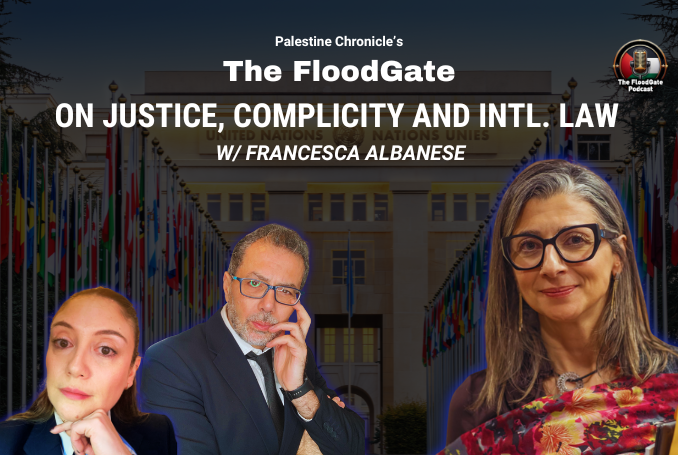
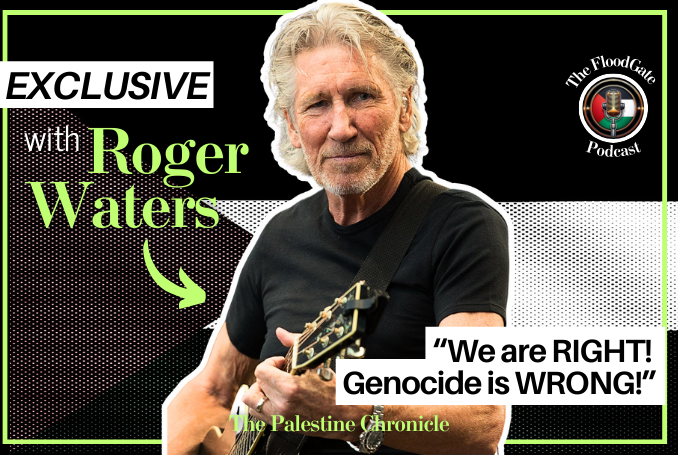


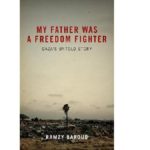

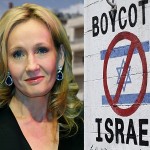

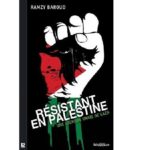
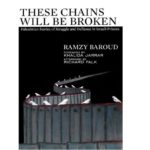

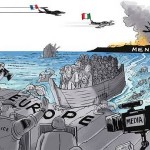

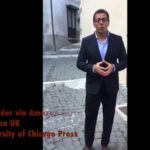


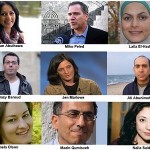
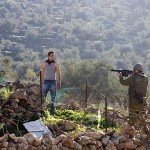
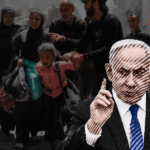

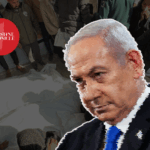
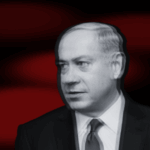

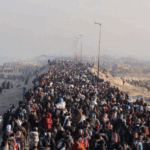

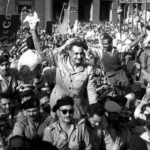
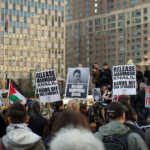
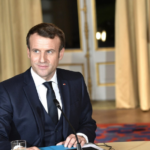
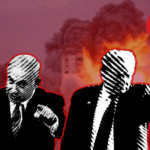
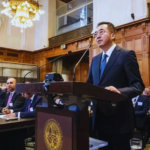
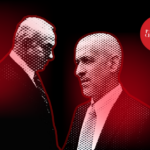
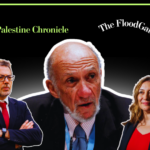
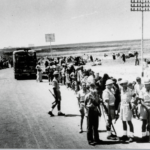

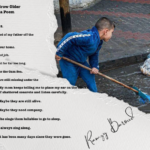


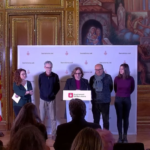
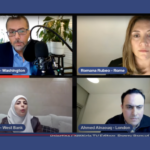
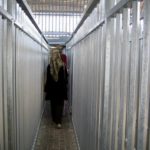
0 Comments